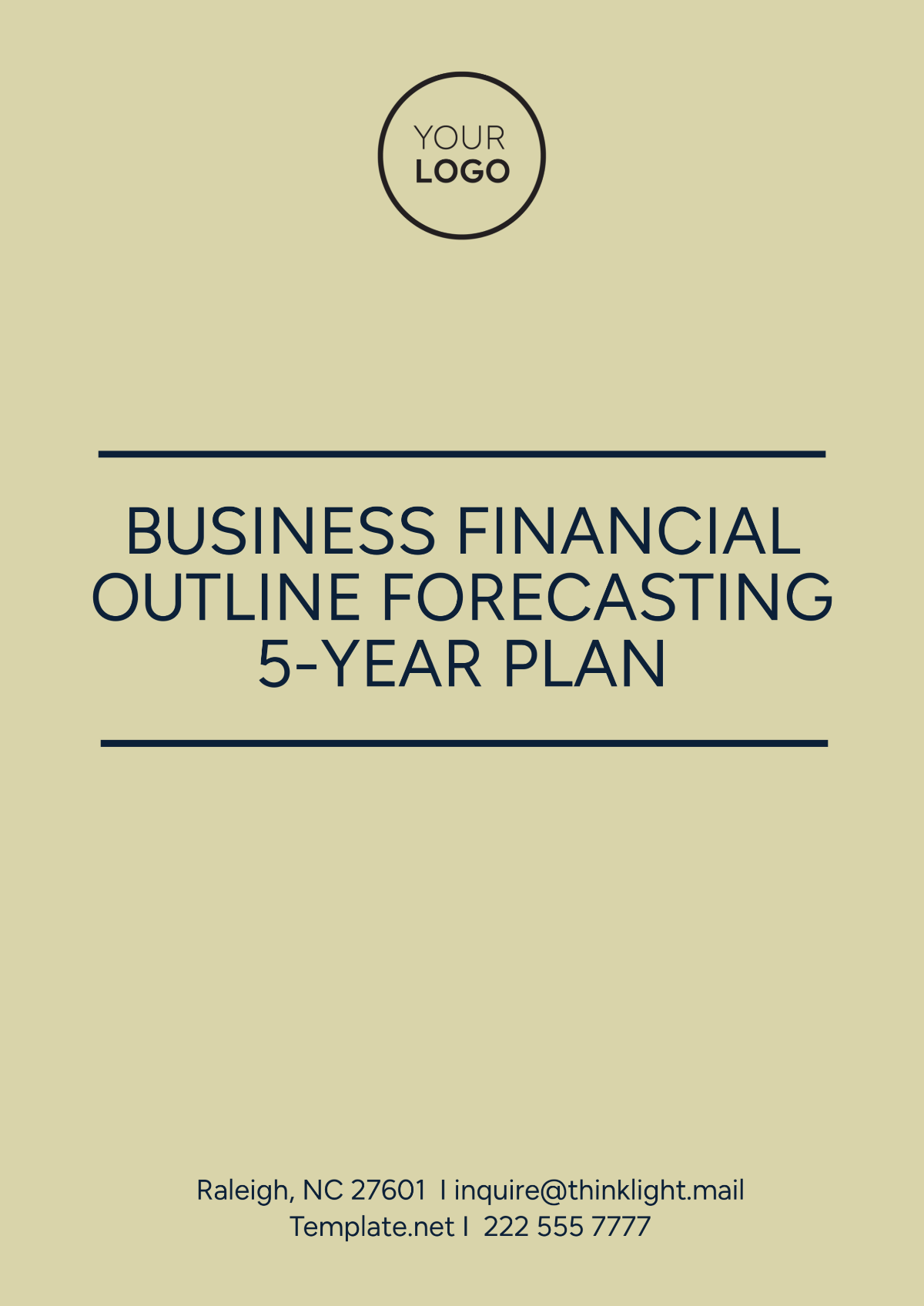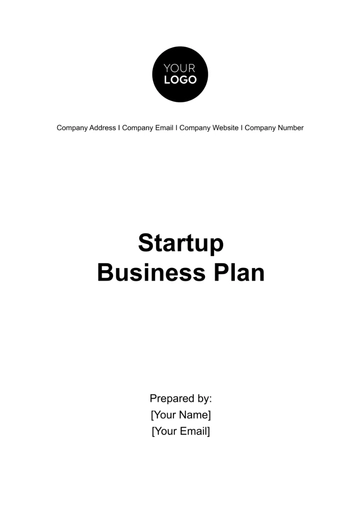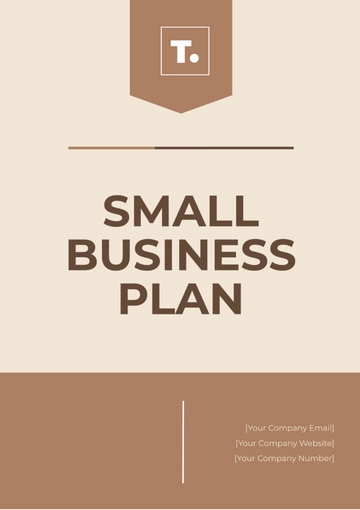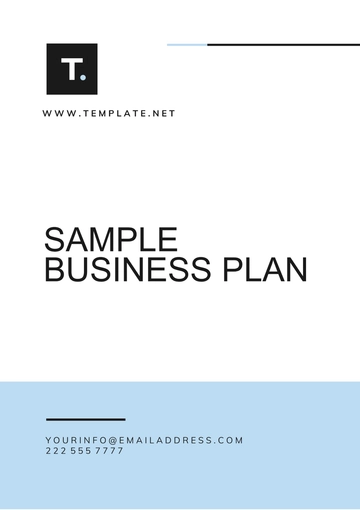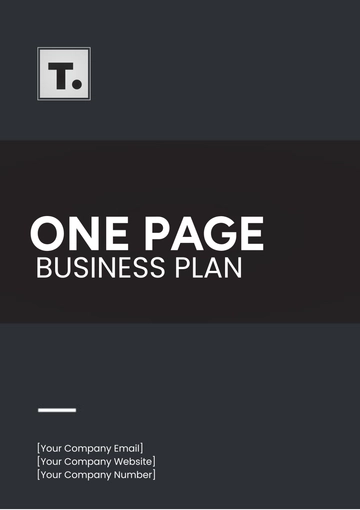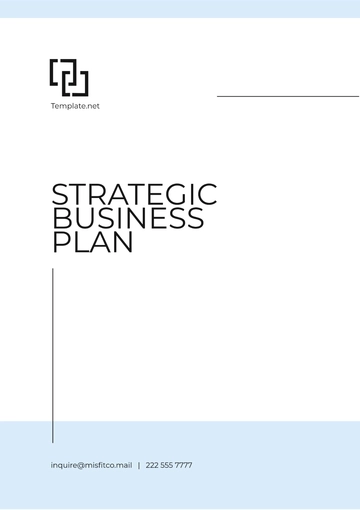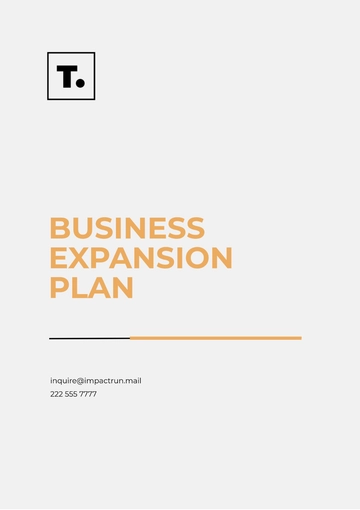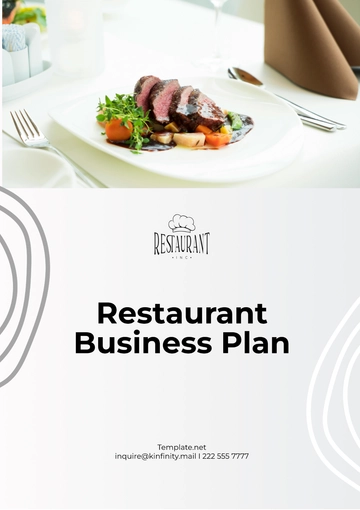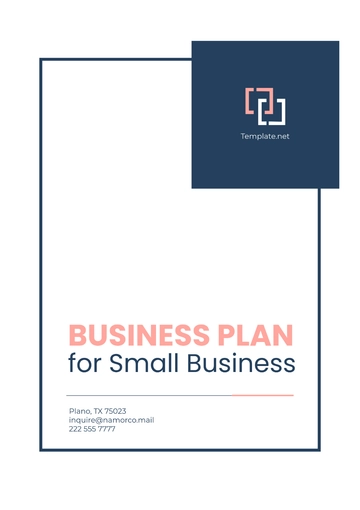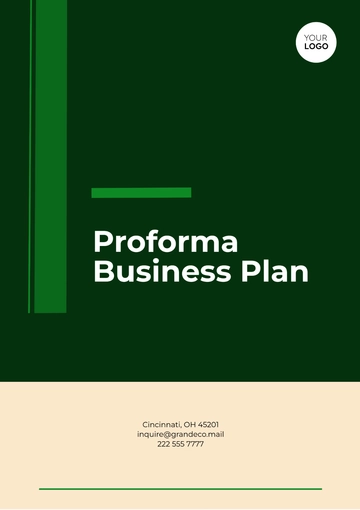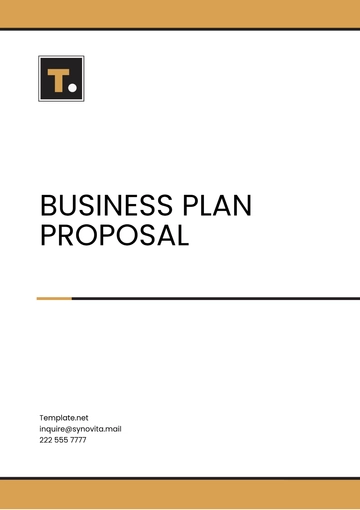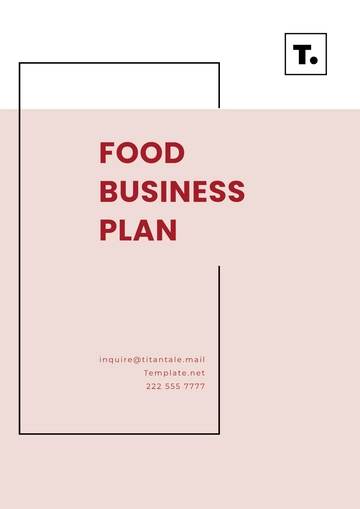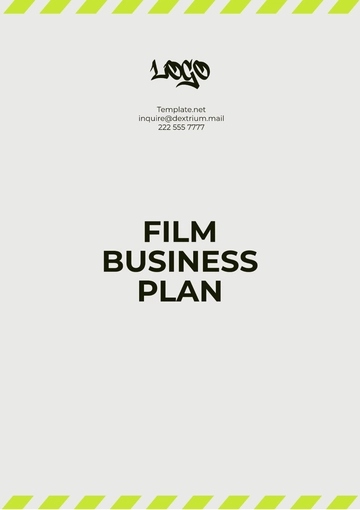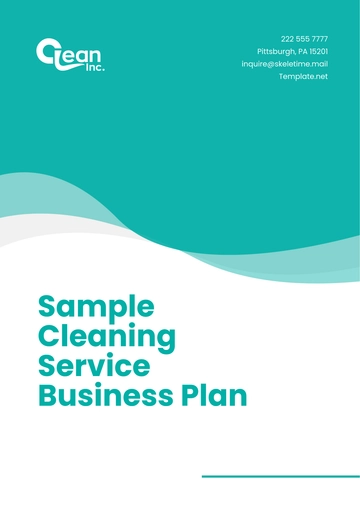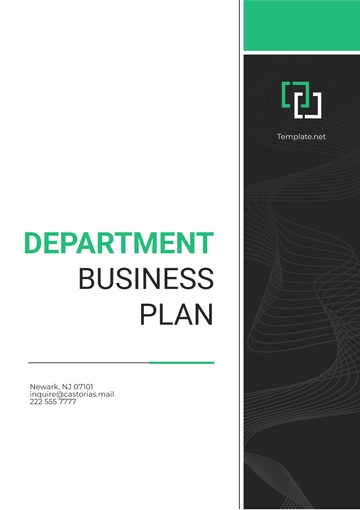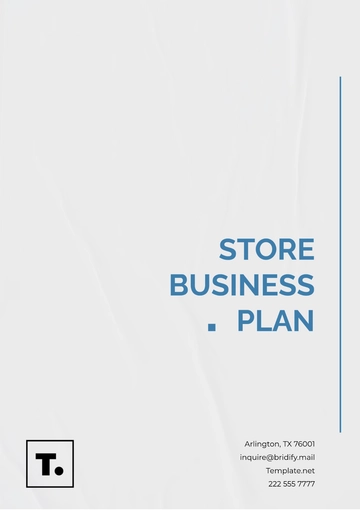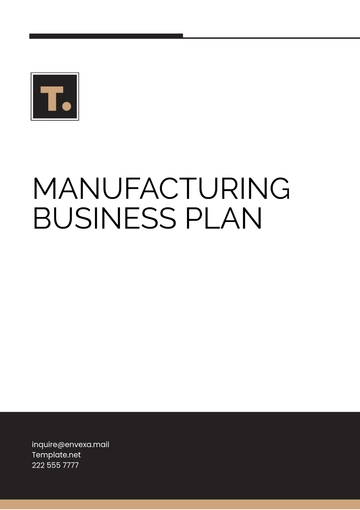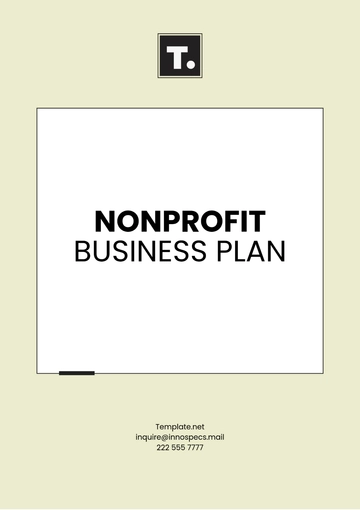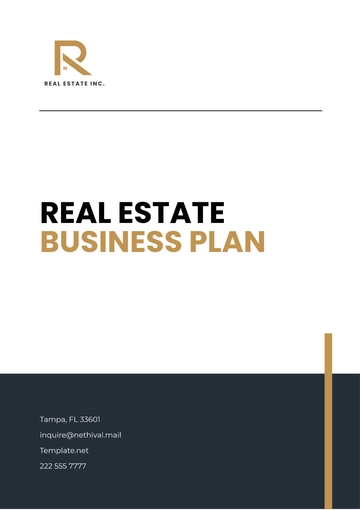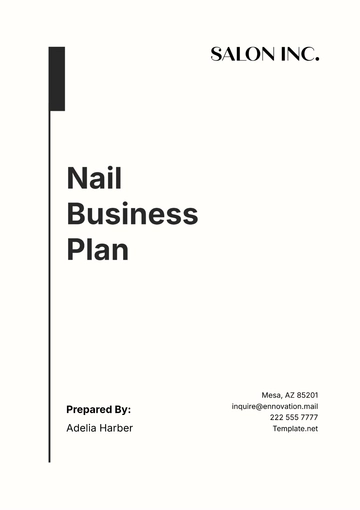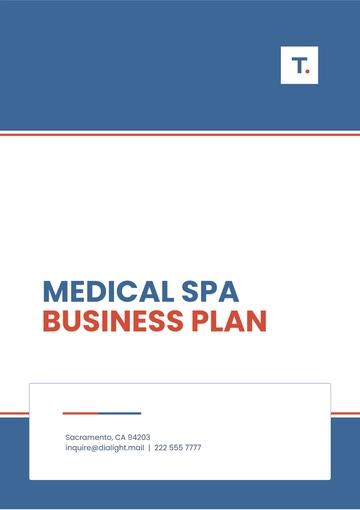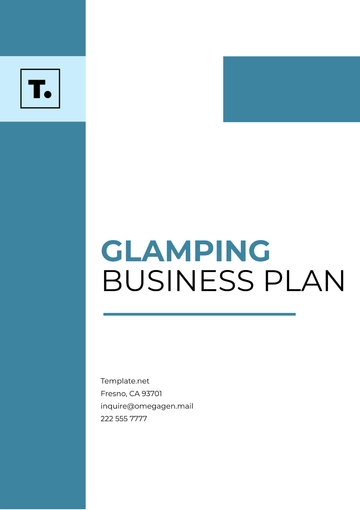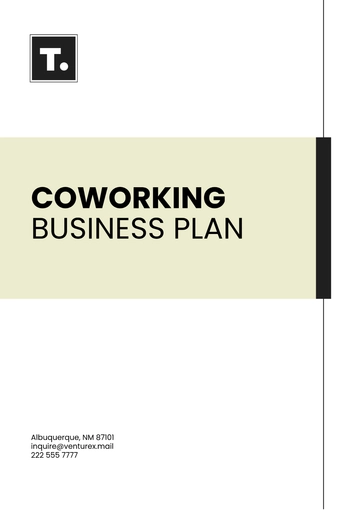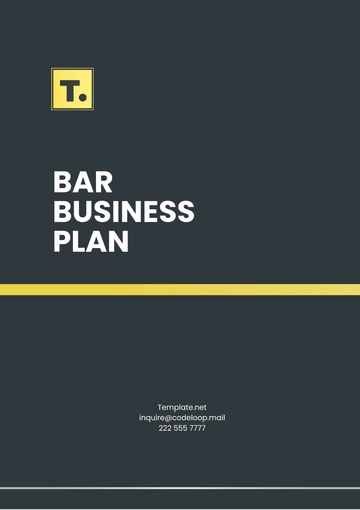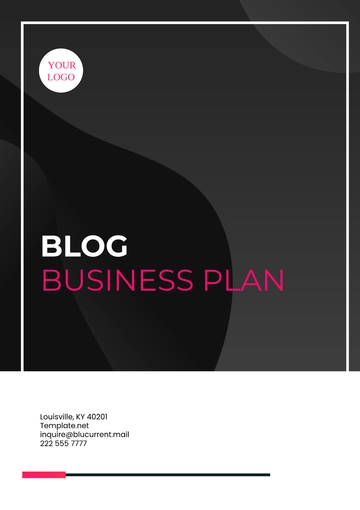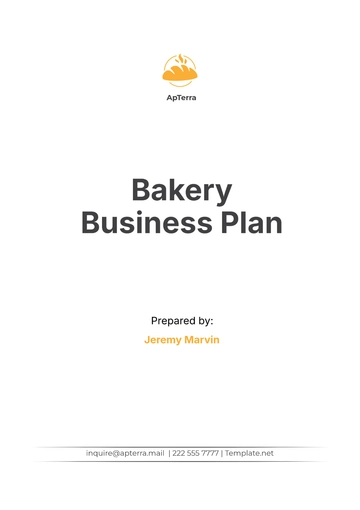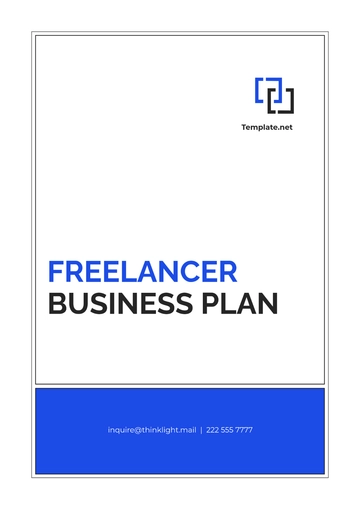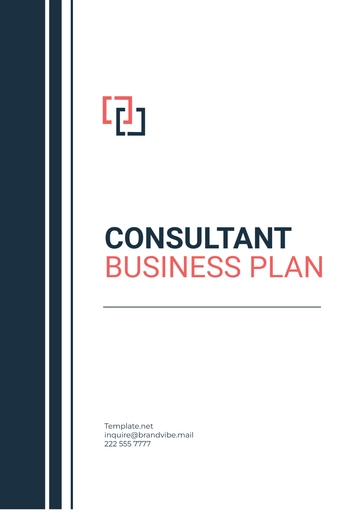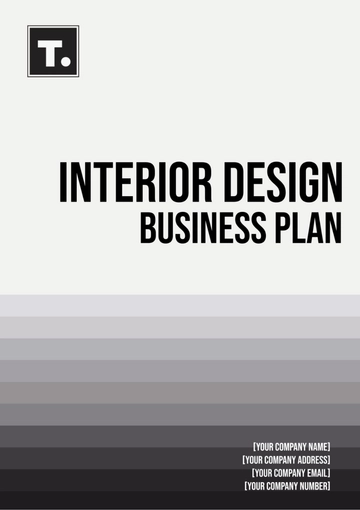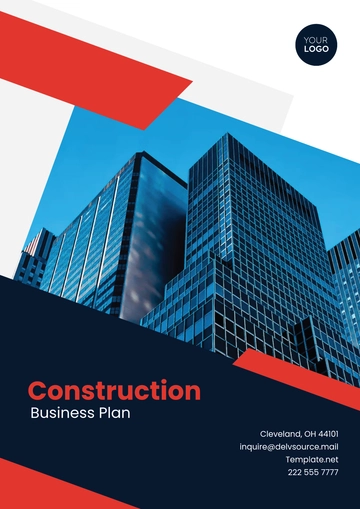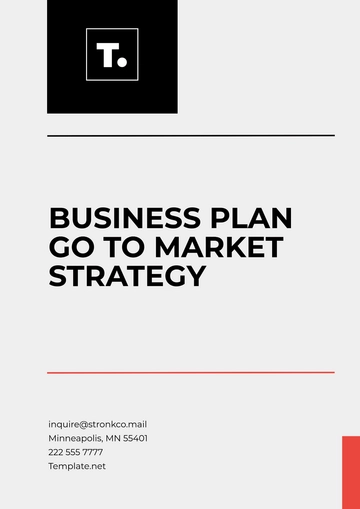Business Financial Outline Forecasting 5-Year Plan
1. Executive Summary
Business Overview: Briefly describe the business, including industry, target market, and key products or services.
Objectives: Outline high-level financial objectives for the 5 years, such as revenue growth, profitability targets, or expansion goals.
2. Assumptions
Economic Factors: Describe macroeconomic trends that could impact the business (e.g., inflation rates, interest rates, market growth rates).
Industry Trends: Include relevant industry forecasts, regulatory factors, or technological trends.
Pricing and Cost Assumptions: Specify pricing models, expected changes in cost of goods, and any anticipated pricing adjustments.
Customer Growth Assumptions: Detail customer acquisition and retention assumptions, growth rates, and seasonality.
3. Revenue Forecast
Yearly Revenue Projections: Break down revenue sources (e.g., product sales, services, licensing) for each year.
Customer Segments: Define expected revenue by customer segment if applicable.
Sales Volume: Include projected sales volume, average sale value, and any forecasted growth rate per product or service.
Example Table:
Year | Revenue Source | Projected Sales Volume | Average Sale Value | Total Revenue |
|---|
1 | Product A | X Units | $X.XX | $XX, XXX |
2 | Product B | X Units | $X.XX | $XX , XXX |
etc. | | | | |
4. Cost Forecast
Direct Costs (COGS): Include direct material and labor costs associated with each product or service.
Operating Expenses:
Fixed Costs: Rent, utilities, salaries, insurance.
Variable Costs: Marketing, research and development, travel.
Other Costs: Any additional expenses (e.g., professional fees, IT, maintenance).
Example Table:
Year | Cost Category | Fixed Costs | Variable Costs | Total Costs |
|---|
1 | Direct Costs | $X.XX | $X.XX | $XX, XXX |
etc. | Operating Costs | | | |
5. Profit and Loss Projection
Gross Profit: Projected revenue minus direct costs (COGS).
Operating Income: Gross profit minus operating expenses.
Net Profit: Operating income minus taxes and interest.
Example Table:
Year | Revenue | COGS | Gross Profit | Operating Expenses | Net Profit |
|---|
1 | $XX, XXX | $X.XX | $XX, XXX | $XX, XXX | $XX, XXX |
6. Cash Flow Forecast
Cash Inflows: Sources of cash, such as sales, loans, or investments.
Cash Outflows: Expenses, loan payments, taxes, and other outflows.
Net Cash Flow: Cash inflows minus cash outflows for each year.
Ending Cash Balance: Cumulative cash flow over the forecast period.
Example Table:
Year | Cash Inflows | Cash Outflows | Net Cash Flow | Ending Cash Balance |
|---|
1 | $XX, XXX | $XX, XXX | $XX, XXX | $XX, XXX |
7. Balance Sheet Forecast
Assets: Include current assets (cash, accounts receivable) and non-current assets (property, equipment).
Liabilities: Short-term liabilities (accounts payable, short-term loans) and long-term liabilities (long-term loans).
Equity: Retained earnings, owner’s equity, or shareholder’s equity.
Example Table:
Year | Assets | Liabilities | Equity | Total Liabilities & Equity |
|---|
1 | $XX, XXX | $XX, XXX | $XX, XXX | $XX, XXX |
8. Break-Even Analysis
9. Key Financial Ratios
Profitability Ratios: Gross profit margin, net profit margin.
Liquidity Ratios: Current ratio, quick ratio.
Efficiency Ratios: Inventory turnover, asset turnover.
Solvency Ratios: Debt-to-equity ratio, interest coverage ratio.
10. Contingency Plans and Risk Analysis
Risk Factors: List potential risks and their financial implications (e.g., supply chain disruptions, market changes).
Mitigation Strategies: Include plans to minimize these risks, such as diversifying suppliers or setting aside a cash reserve.
5-Year Plan Templates @ Template.net
